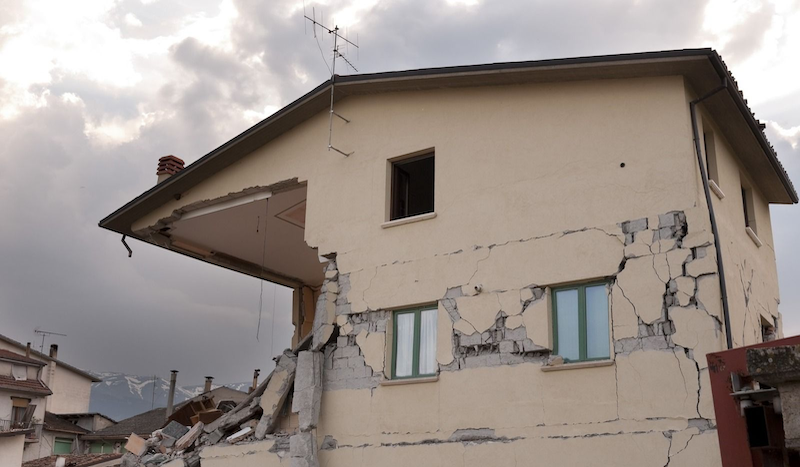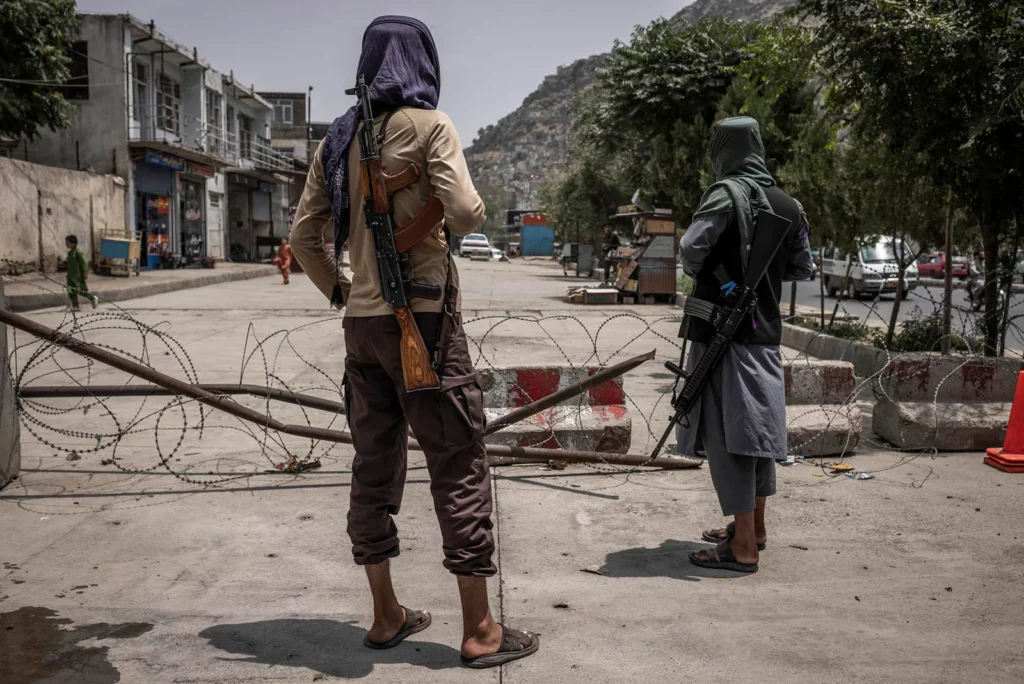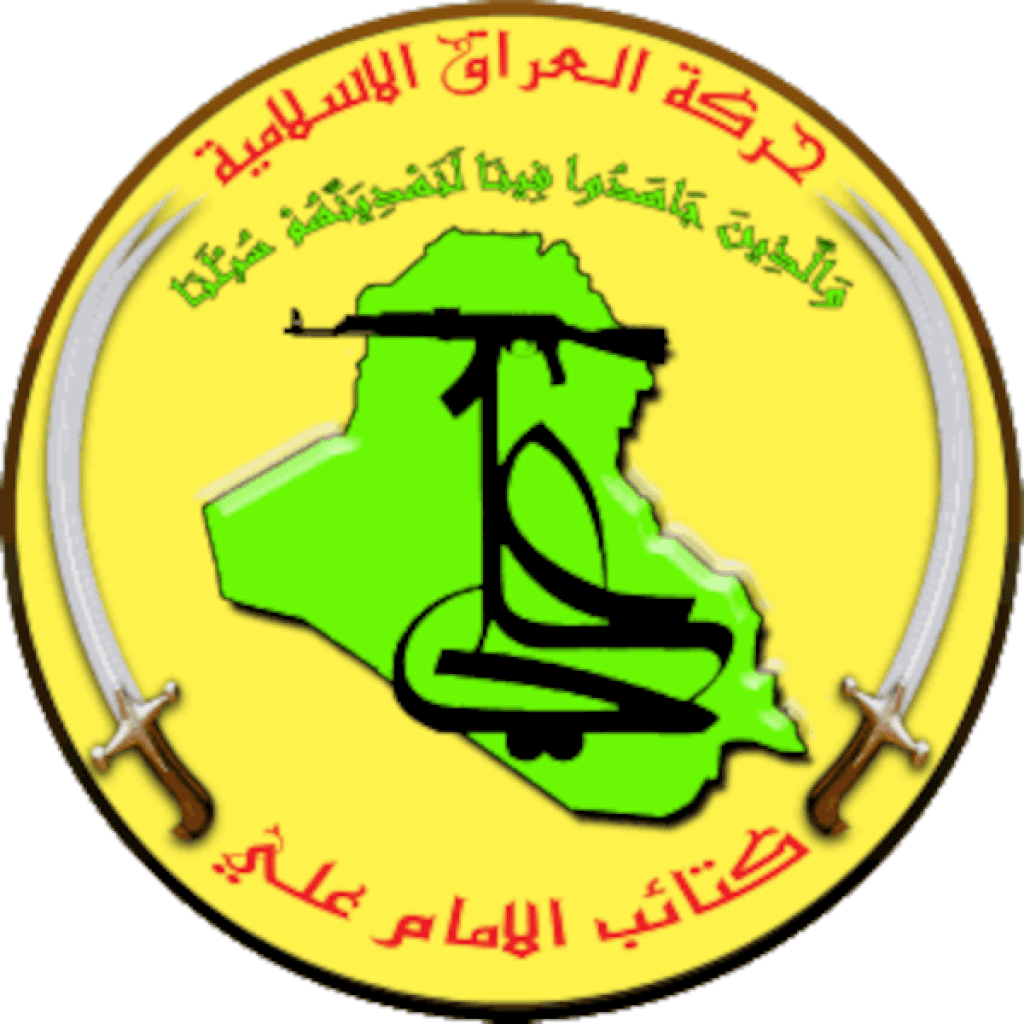L’UE, après la défaite, l’effondrement ?

Même si officiellement aucun traité de paix n’a été signé à Anchorage, il semble que la situation du conflit ukrainien soit tout de même en voie d’amélioration. Je critique souvent Trump sur ce blog notamment sur les questions économiques, mais il est indéniable que son élection a calmé en partie la montée en tension que les néoconservateurs américains et les démocrates provoquaient. Le fait que les deux puissances nucléaires que sont la Russie et les USA se soient mis autour d’une table aurait dû être accueilli avec beaucoup plus d’enthousiasme du côté européen. Mais on voit bien que l’UE et ses petits serviteurs à commencer par notre pathétique président n’ont eu de cesse de vouloir faire capoter cette rencontre. Mais nous reviendrons sur cette question européenne par la suite.







